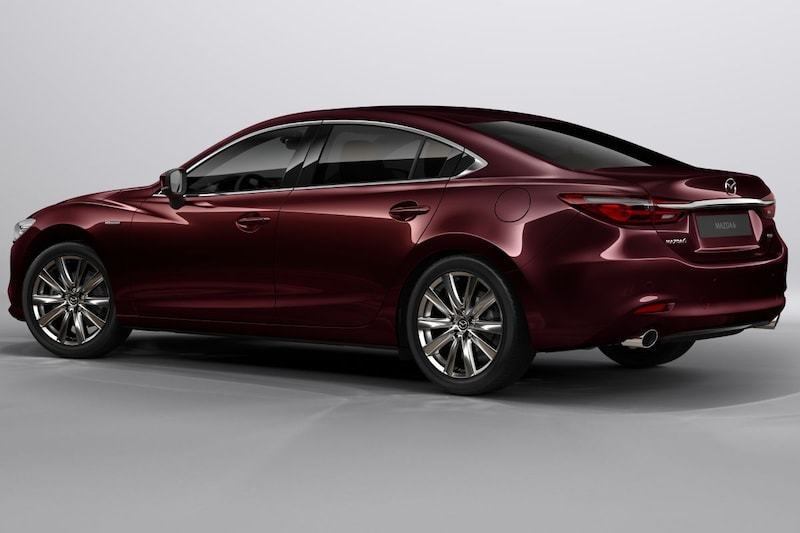Mazda does its own thing

It will come as no surprise that the current petrol-powered Mazda 6 will no longer have a traditional successor. However, Mazda does see potential in a similar car with a fully electric drive, according to a conversation with European Mazda CEO Martijn ten Brink.
Dutchman Martijn Ten Brink has been at the helm of Mazda Motor Europe since 2021. Like the brand itself, he is quite candid about Mazda’s future. When we ask him if a 6-ish, larger sedan still has a future, he says: “Yes, but let it appear on the electric platform in due course.”
That fits the current trends. After all, we already concluded – and extensively – that the EV and the sedan form can use each other well. It is doubtful whether a future ‘Mazda 6’ – that name is not certain – will also be available as a station wagon. Mazda is active worldwide and wants to do so with the same cars as much as possible, which also explains why the brand is not rushing out with an EV specially developed for Europe.
Caution
Mazda is approaching the electric car with a lot of caution. With the MX-30, the idiosyncratic brand has had a nice driving EV since 2019, but it certainly does not last in terms of range. Recently there has been a solution for this in the form of the Mazda MX-30 R-EV, but that car needs a petrol-fired Wankel engine for its range of 600 kilometers.
Modular
Nevertheless, Mazda does believe in the EV, also for longer distances. Ten Brink confirms the previously announced plans, which state that a modular EV platform will be available in 2025 that can be used for cars in all segments.
From that year onwards, these cars will be introduced one after the other (“one after the other”), but will then be introduced alongside Mazdas with combustion engines for the time being. Ten Brink: “We already know that we will continue with the existing multi-solutions platforms, if only for the countries where the charging points are simply not there”. With ‘multi-solutions platform’, Mazda’s European boss refers to the technical bases that are now also used. They are suitable for petrol engines, diesel engines, hybrids and electric drive, but with a limited range and/or with a Wankel engine as a range extender. In the latter category it does not seem to stop with the MX-30, although it is still too early to say in which models we can expect this concept in more.
Mazda divides its current platform-based product portfolio into two parts, which Ten Brink simply describes as ‘Small’ and ‘Large’. The latter refers to the rear-wheel drive platform of the CX-60 and its future derivatives CX-70 (five-seat North America), CX-80 (three-row Europe) and CX-90 (three-row North America). The rest of the range is therefore on the smaller basis, not counting the small and rear-wheel drive MX-5.
Rear-wheel drive CX-5?
One car is in between both categories: the CX-5. The most popular Mazda in the world is neither big nor small as a ‘middle size’ and, according to Ten Brink, can therefore “move to one of the two in the future”. That contains nothing concrete, but it does mean that a rear-wheel drive CX-5 (or CX-50?) is certainly not excluded.
Between the lines, Ten Brink makes it abundantly clear that despite all the upcoming changes, Mazda wants to remain itself above all. The brand has acquired a unique position in the car world, seems reasonably satisfied with its place as a relatively small outsider and cannot even name itself whether it sees itself as a premium player (CX-60!) or not. In short, it does what it wants, without worrying too much about the rest.
.
– Thanks for information from Autoweek.nl